Have you ever checked your security camera at night only to find a blurry image or pitch-black footage? It’s frustrating. You might even start wondering, isn’t this camera supposed to have “night vision”? Why can’t it see anything clearly? Here’s the thing. Not all night surveillance technology works the same way. Some cameras use night vision. Others rely on infrared. And no, they’re not exactly the same.
In this article, we’re going to break down the difference between night vision and infrared in a simple, no-tech-jargon way. You’ll learn how each one works, where they shine (and where they don’t), and how to decide which is best for your home security setup. We’ll also share our top picks from AOSU’s lineup of security cameras that give you powerful performance after dark. Curious which one is right for you? Keep reading — we’ve got answers.
Night Vision vs Infrared vs Thermal Imaging: Key Differences
Now that you know how night vision, infrared, and thermal imaging each work on their own, the big question is—how do they compare? If you're trying to decide which one is right for your home or property, it helps to see the differences side by side. Here’s a simple breakdown to help you quickly understand how these three technologies stack up:
|
Feature
|
Night Vision
|
Infrared (IR)
|
Thermal Imaging
|
|
How It Works
|
Amplifies existing low light
|
Uses infrared LEDs to light up the scene
|
Detects heat from objects
|
|
Image Type
|
Green-tinted or grayscale
|
Black and white
|
Color-coded heat map
|
|
Needs Light?
|
Yes, even a little bit
|
No, works in total darkness
|
No, works in zero light
|
|
Visible Light Output
|
Sometimes visible glow
|
Invisible to the human eye
|
No light emitted
|
|
Detail Level
|
Medium to high (depending on lighting)
|
High clarity in dark scenes
|
Lower detail, focuses on heat
|
|
Best For
|
Low-light outdoor areas
|
Home security in full darkness
|
Industrial, military, or rescue use
|
|
Cost
|
Moderate
|
Affordable to moderate
|
High
|
Each one has its strengths. Night vision is great when you have a little bit of ambient light. Infrared gives you solid performance in total darkness. Thermal is powerful in specialized cases but may not be ideal for everyday home use.
Take a moment to think about your space. Is it usually completely dark at night? Are you looking for detailed visuals or just motion detection? These small factors will help you decide which technology suits your needs best.
Why Night Vision, Infrared, and Thermal Imaging Matter
Let’s skip the technical explanations and focus on what really matters: how these technologies help you in real-life situations. Whether you want to keep your home safe, protect your yard, or monitor a remote property, understanding these benefits will help you make a smarter choice.
Advantages of Night Vision: Ideal When There’s Some Light
If your yard has a porch light, nearby streetlights, or even a bit of moonlight, a night vision camera can work beautifully. The key advantage here is its ability to make the most of even small amounts of ambient light, giving you a clear, useful picture without needing extra illumination.
Night vision also provides a more natural-looking image, with details that help you recognize faces, clothing, or small objects. If you check your camera feed at night, you won’t just see vague outlines—you’ll see sharp, recognizable details.
Think about your own property: is there usually a bit of light around at night? If so, night vision cameras offer an excellent way to monitor entryways, porches, and yards while keeping the picture quality true to life.
Advantages of Infrared (IR): Reliable Even in Total Darkness
If you’re dealing with areas that go completely dark at night—like a backyard with no lights, a shed, or a side alley—infrared cameras are your best ally. Their biggest strength is that they don’t need any visible light to work. Instead, they illuminate the scene using invisible infrared light, so you still get a clear, detailed image even in pitch-black conditions.
Another key benefit is discretion. Infrared LEDs are invisible to the human eye, meaning they won’t draw attention or disturb anyone. That makes IR cameras ideal for situations where you want to monitor quietly and without obvious light sources, such as a dark driveway or hidden side entrance.
Picture this: it’s the middle of the night, and your backyard is completely dark. With an infrared camera in place, you still have full visibility and confidence that nothing is going unnoticed.
Advantages of Thermal Imaging: Specialized Uses Where It Shines
Thermal imaging cameras offer a very different benefit. Instead of detecting light, they sense heat, making them ideal for specialized situations. They work in total darkness, fog, smoke, or dust—any environment where traditional cameras struggle.
While not commonly used for standard home security, thermal cameras are valuable if you need to monitor wildlife, protect a farm, or perform industrial inspections. They help you see people, animals, or equipment based on heat signatures, even when conditions would blind a regular camera.
If your needs go beyond typical home monitoring—for example, you manage large properties or work in challenging environments—thermal imaging could be the right tool.
How to Choose the Right Night Vision or Infrared Camera
Not sure which camera to pick for night monitoring? Don’t worry. The best choice depends on how and where you plan to use it. Let’s walk through a few important things to keep in mind before you buy.
1.Check the lighting conditions around your home
Start by asking yourself this: what does your yard or entryway look like at night? If there’s a streetlight nearby or your porch light is usually on, you may not need the most powerful infrared system. But if your camera is going in a totally dark corner—like a back alley or an unlit fence line—you’ll need one with strong infrared capability. Cameras that rely on natural or ambient light will struggle in complete darkness, so always match the camera to your lighting environment.
2.Think about where you want to install the camera
Is it going inside your home, right outside the front door, or in a large backyard? Indoor cameras typically have fewer lighting challenges and don’t need to reach long distances. Outdoor cameras, on the other hand, face weather, low light, and wider open spaces. If your camera is watching a large or open area, look for wider fields of view and stronger night vision features. Also consider if the camera will be mounted high up or close to the ground, as that affects how much detail it can capture at night.
3.Decide how far and how clearly you want to see
Not all night vision is created equal. Some cameras can show you just a few feet ahead, while others give you sharp visibility across your entire driveway. If you need to recognize faces, read license plates, or spot movement at a distance, go for a camera with high resolution and strong infrared reach. The sensor size, lens quality, and number of infrared LEDs all play a role in how well the camera performs in the dark.
4.Look for smart features that match your needs
Night vision is great, but what about knowing when something actually happens? That’s where AI detection comes in. Some cameras can tell the difference between a person, a pet, or just tree branches moving. Others let you track motion, send instant alerts to your phone, or trigger a built-in spotlight or alarm. These features not only make the footage more useful, but they also help you respond faster in real time.
5.Choose an all-in-one camera for better protection
Instead of juggling different tools, it’s much easier to pick a camera that covers all the basics and more. Look for models that offer high-definition video, reliable infrared night vision, motion alerts, and maybe even two-way audio. This kind of setup saves you time, reduces false alarms, and keeps your home secure no matter the time of day. A well-rounded camera doesn’t just watch—it actively helps you protect what matters.
Best aosu Cameras with Night Vision and Infrared (Recommended Picks)
Choosing the right camera is easier when you know what each one does best. Here are three popular outdoor picks from aosu, each designed to give you clear night vision and smart protection.
SolarCam D1 Max
Looking for a powerful camera that gives you sharp images and advanced tracking at night? The aosu SolarCam D1 Max is a solid choice for wide spaces like gates, garages, and open yards.
What’s good:
• 4MP ultra-clear resolution with a 145° wide-angle view for full coverage
• Smart human detection that tracks movement and sends instant alerts
• Strong infrared night vision with clear black-and-white detail up to 30 feet
• Solar-powered with a rechargeable battery for all-day, all-night use
SolarCam D1 Classic
If you want a dependable outdoor camera with all the essential features, the aosu SolarCam D1 Classic is an excellent pick. It’s built for simplicity and reliability, perfect for smaller homes.
Top features:
• 1080P full HD video that keeps your entryways and yards clearly visible
• Infrared night vision that works well even in low or no lighting
• Ideal for porches, front doors, or backyard fences with moderate space
• Weatherproof design and smooth mobile control through the aosu app
SolarCam P1 Max
For full control and flexible viewing, the aosu SolarCam P1 Max delivers everything you need. This model is built for larger properties that need wide, active monitoring.
Why it stands out:
• 360° remote pan and tilt lets you look around your property anytime
• Powerful night vision that keeps large spaces visible after dark
• Smart motion tracking with automatic spotlight and siren alerts
• Great for wide gardens, large driveways, or multi-angle home coverage
Conclusion
Night vision and infrared may seem similar at first, but as you’ve seen, they work in different ways and shine in different situations. Night vision depends on existing light and often gives you clearer, more natural images. Infrared, on the other hand, performs better in complete darkness and stays invisible to the eye. The best choice always comes down to your environment—whether it’s a softly lit porch, a fully dark backyard, or a wide-open space with no lighting at all. That’s why aosu offers a smart range of cameras that combine powerful infrared night vision with features like AI detection, app alerts, and flexible installation. No matter what your space looks like, there’s an aosu solution ready to keep it protected day and night.






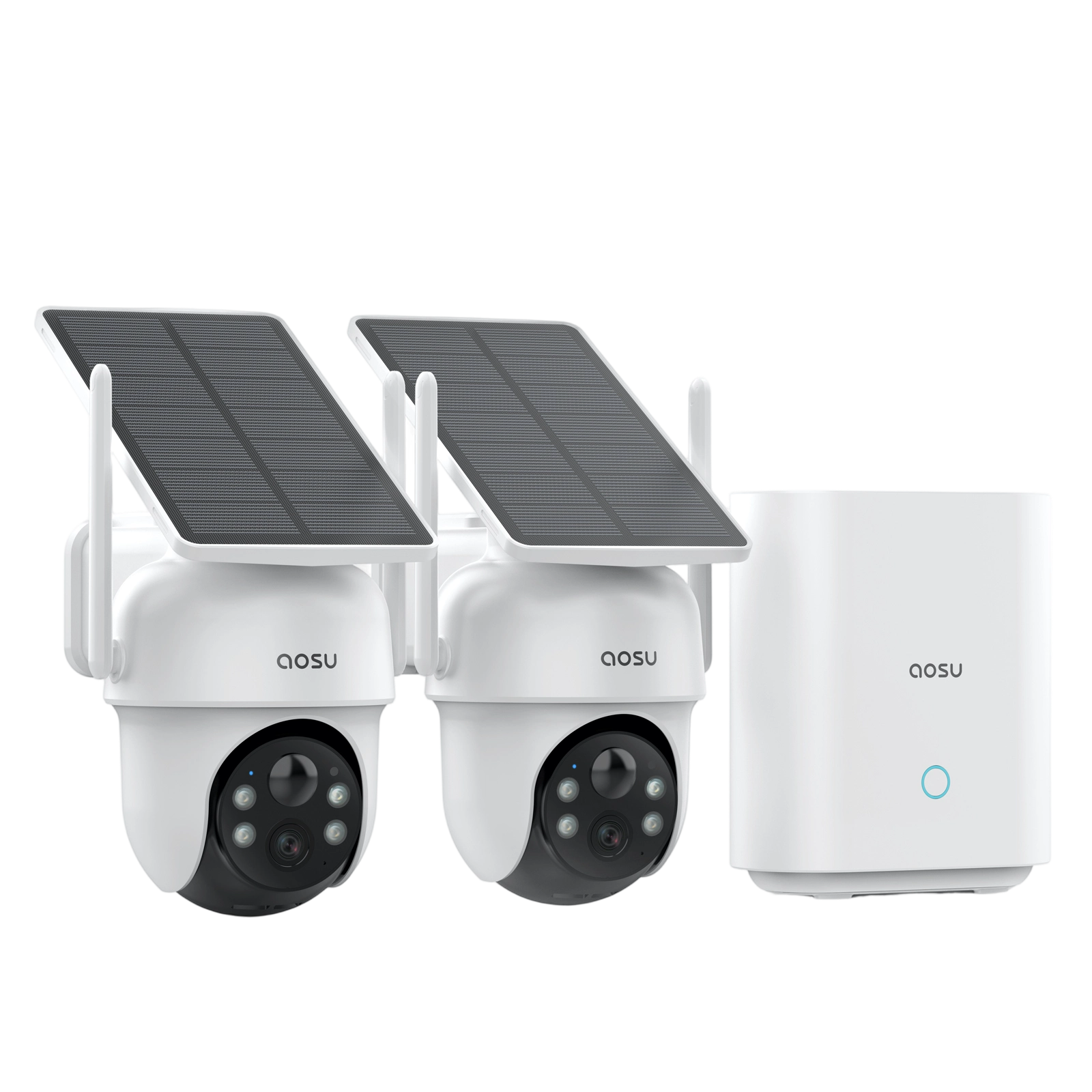
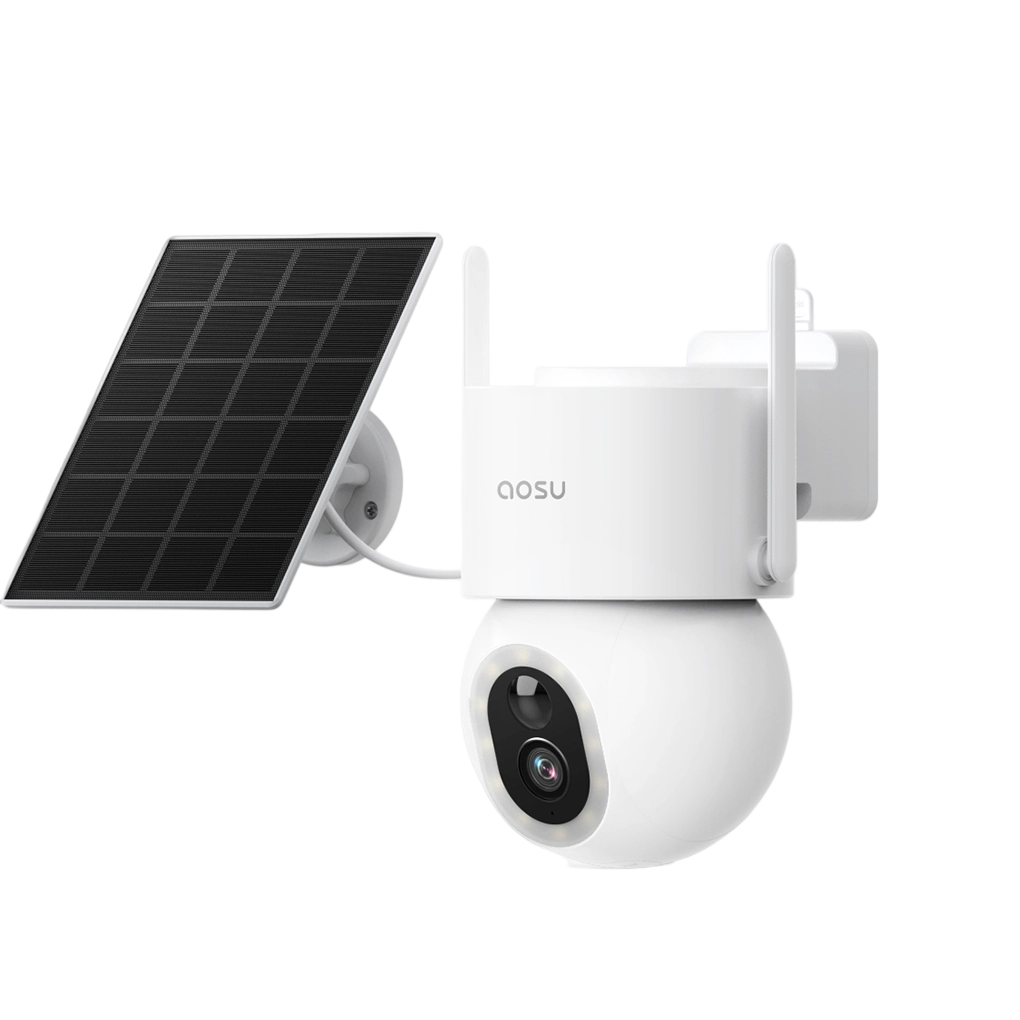
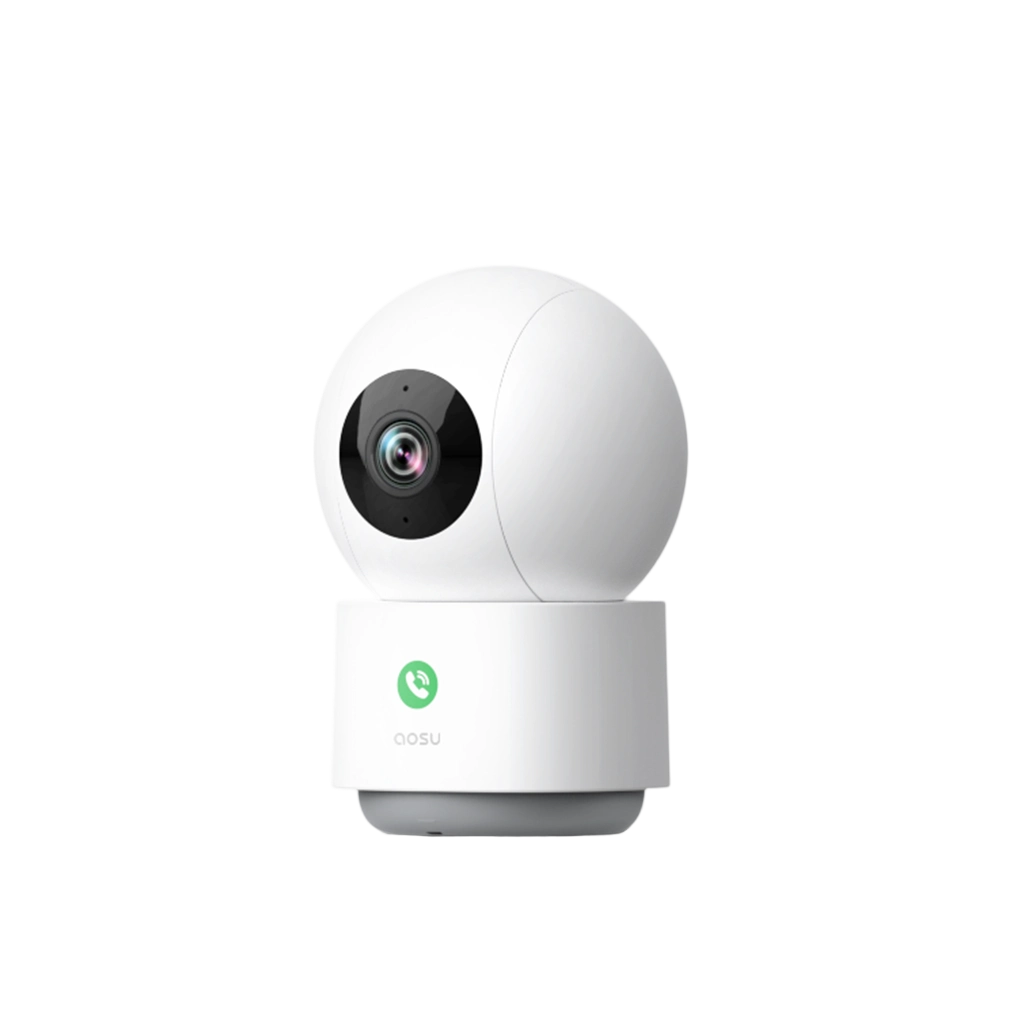
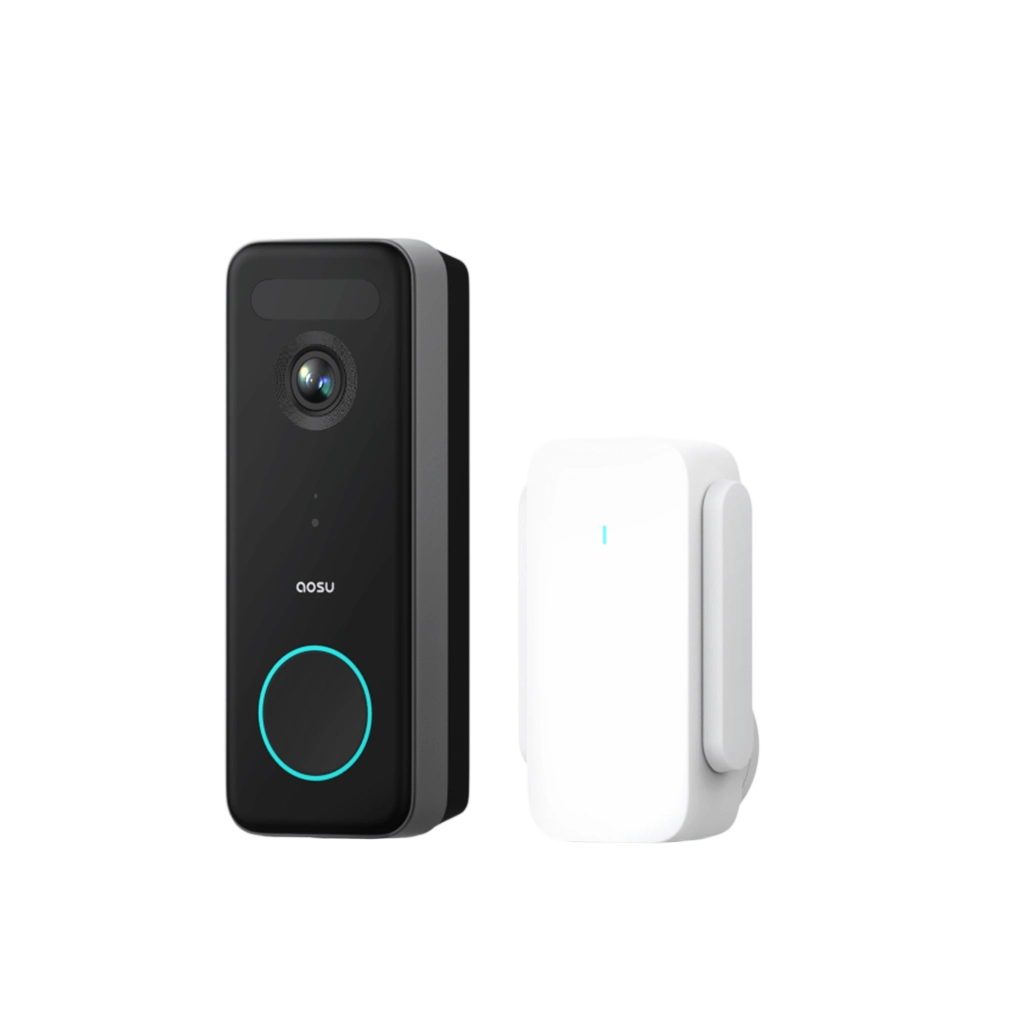
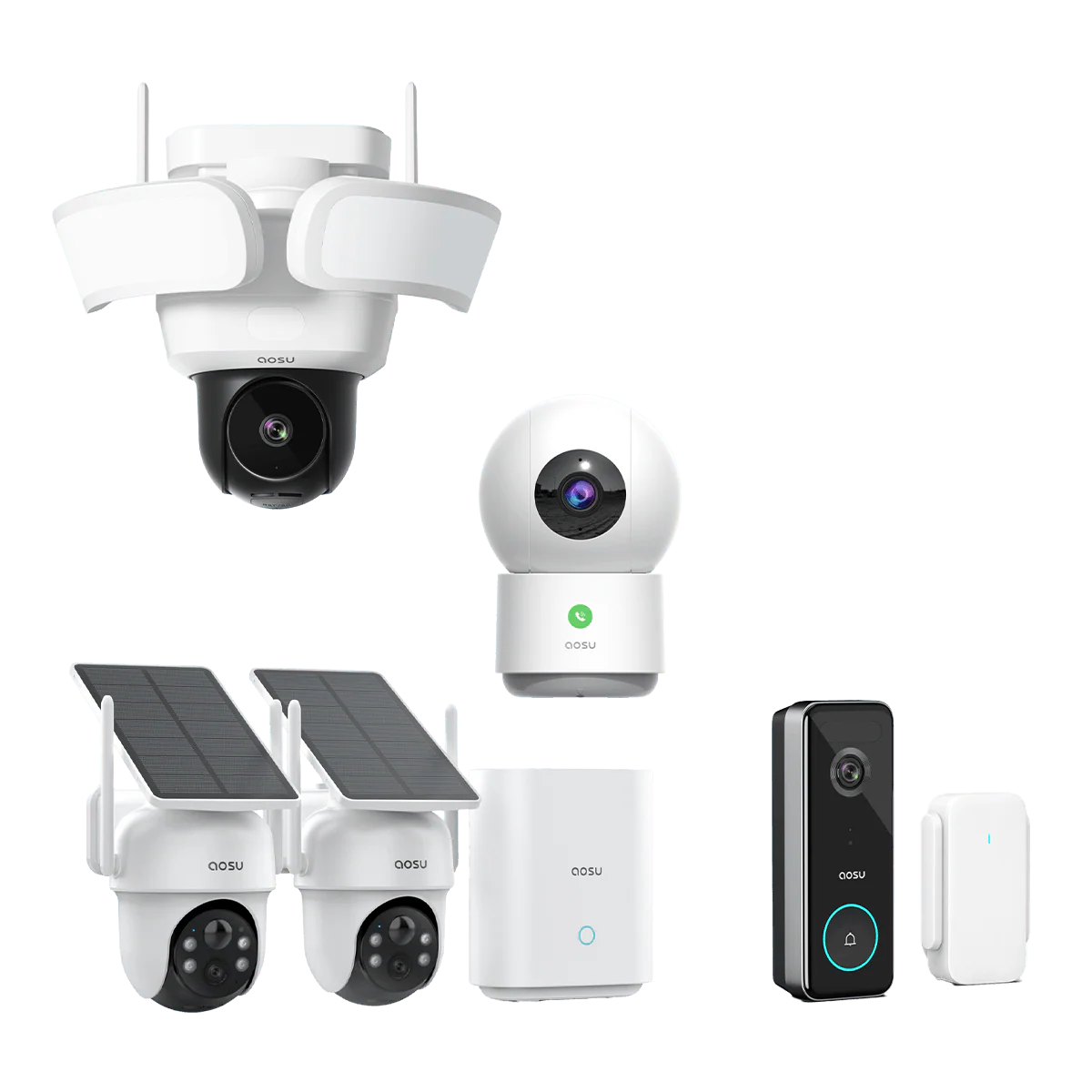
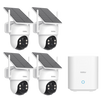
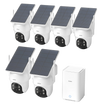


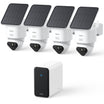
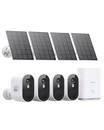
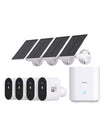
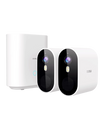
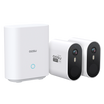
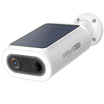
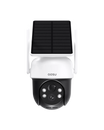
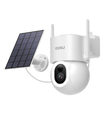
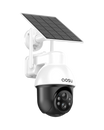
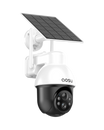
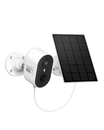
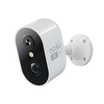
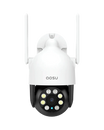
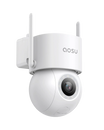
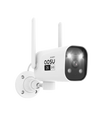
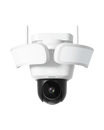
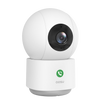

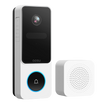
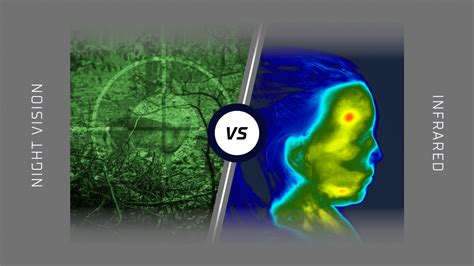
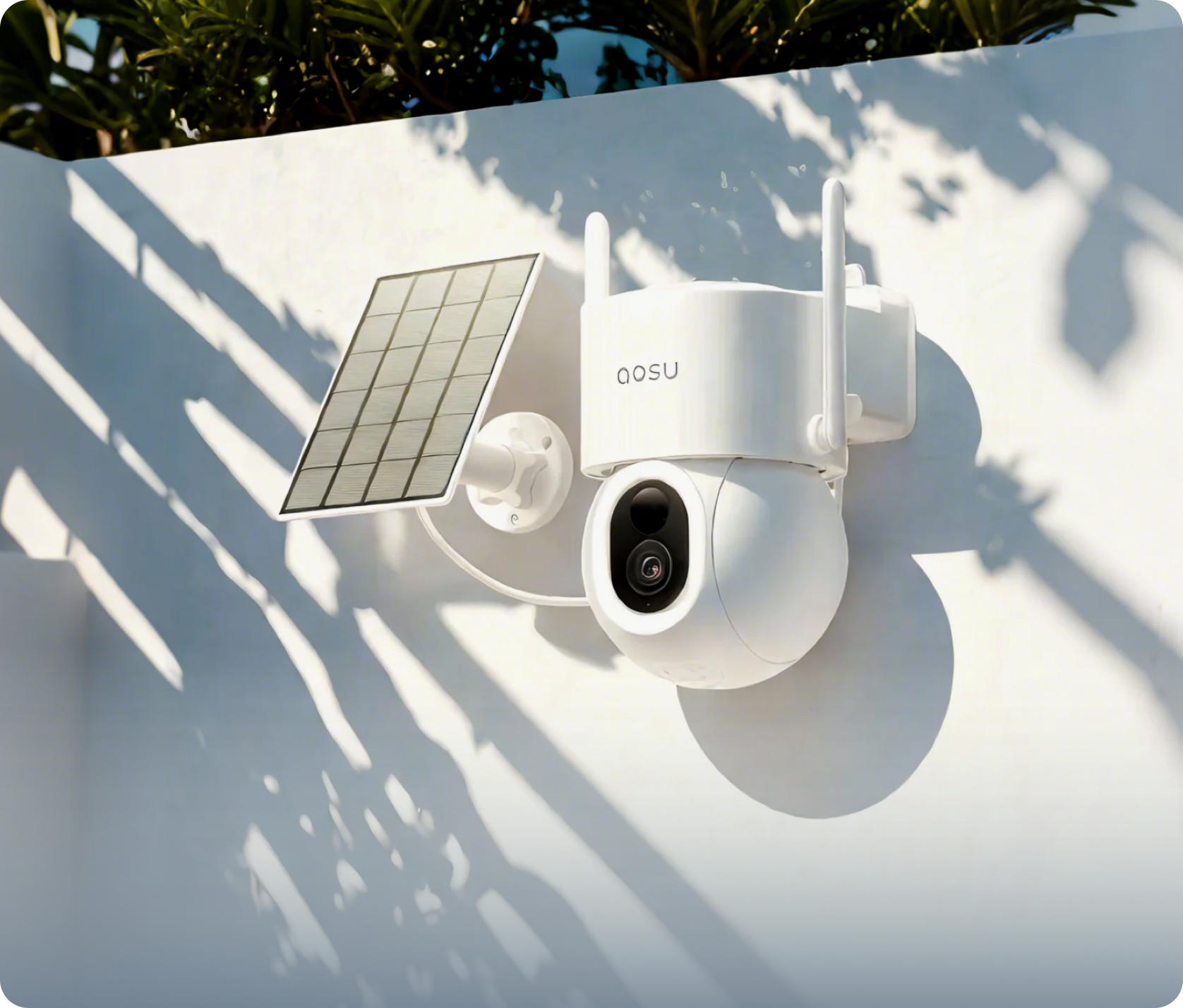

Leave a comment
This site is protected by hCaptcha and the hCaptcha Privacy Policy and Terms of Service apply.